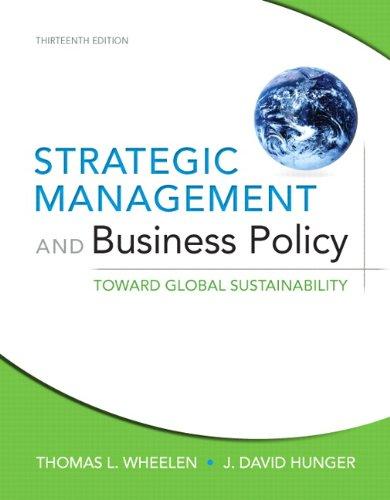Discuss 5 key contribution of Wassily Leontif's Input- Output (IO) model in the study of industrial Linkages and Interactions between sector. Provide a local (Fiji) example of each of the five cases ?
Link- https://openresearch-repository.anu.edu.au/bitstream/1885/120955/2/b12248897_Murti_Shiv.pdf
Linkages: Interactions Between Sectors Wassily Leontif: Key contribution: Input-Output Model (IO) Shows the critical interconnected structures links between sectors and industries. Interconnections between consumption, investment, government expenditures and trade balance with include exports, imports. Captures inter-industry demand with necessary supply thus provides a necessary equilibrium of goods and services at particular intervals of time. Direct forward linkages - the quantity by which an industry's product is demanded by other industries as inputs in their production process. Direct Backward linkages - the quantity by which an industry demands other industry products for inputs in its own production process. Industrialization: Fiji Industrialization refers to the increase in per capita income of a nation during its growth and development process. It is synonymous with the Industrial Revolution seen in Britain in the early 1700s. Fiji's Industrialization was brought to the fore after the 1987 coup when the then interim government adopted export-orientated policies and took advantage of the Textile, Clothing and Footwear (TCF) provisions that were made possible through the signing of the South Pacific Regional Trade & Economic Co-operation Agreement (SPARTECA) in Tarawa in 1980. In 1987, Australia removed TCF quota restrictions. Through that deal Fiji had TCF quota free and duty-free access to Australia and New Zealand markets? During that period the TCF and supporting industries expanded rapidly in Fiji which saw the establishment of the Tax Free Zone Scheme in 1988 in Kalabu and others parts of Fiji. As expected and in accordance with the Lewis model, the surplus labor force in the agriculture sector (sugar) spilled over to the garment industries, hence, the result of labor migration towards the urban areas for job opportunities. These events contributed to Fiji's major push towards urban manufacturing of industrialisation. Prior to 1987, Fiji mostly adopted import substitution approaches which were applicable then given that the then governments were trying to support local industries to grow and sugar (agriculture) was the dominant industry. 30 years on from 1987, Fiji's GDP composition has evolved. Linkages: Interactions between Sectors - Fiji Experience Following the events of 1987 and the adoption of export orientated policies and related impacts on the industrial sector, other sectors also began grow. There was a demand fro growth to capture the full impact of new trade policies. Prior to those years, Fiji like many other growing economies implemented import substitution (IS) policies for growth. According to Waqabaca (2000), there were major requirements for the financial sector to be developed to cater for increased trade brought about by the export-orientated policies. The financial sector was key to facilitating growth in the import and export sector once we opened our borders to trade. Once the financial sector was able to support the growth in the TCF (Textile, Clothing and Footwear) sector, other sectors like utilities, infrastructures, agriculture and the retail had to respond accordingly. Interactions between Sectors Input-Output Analysis Output Input Intermediate (Inter-industry) Demand (1) Final Demand (2) Agriculture Industry Services Total (C + I + G + X - M Agriculture 25 20 10 55 85 Industry 17 45 13 75 75 Services 15 18 12 45 50 Total Inputs from different sectors (3) 57 83 35 - - Labour and Capital (Value Added) (4) 83 67 60 - 210 Total Output (3 + 4) 140 150 95







